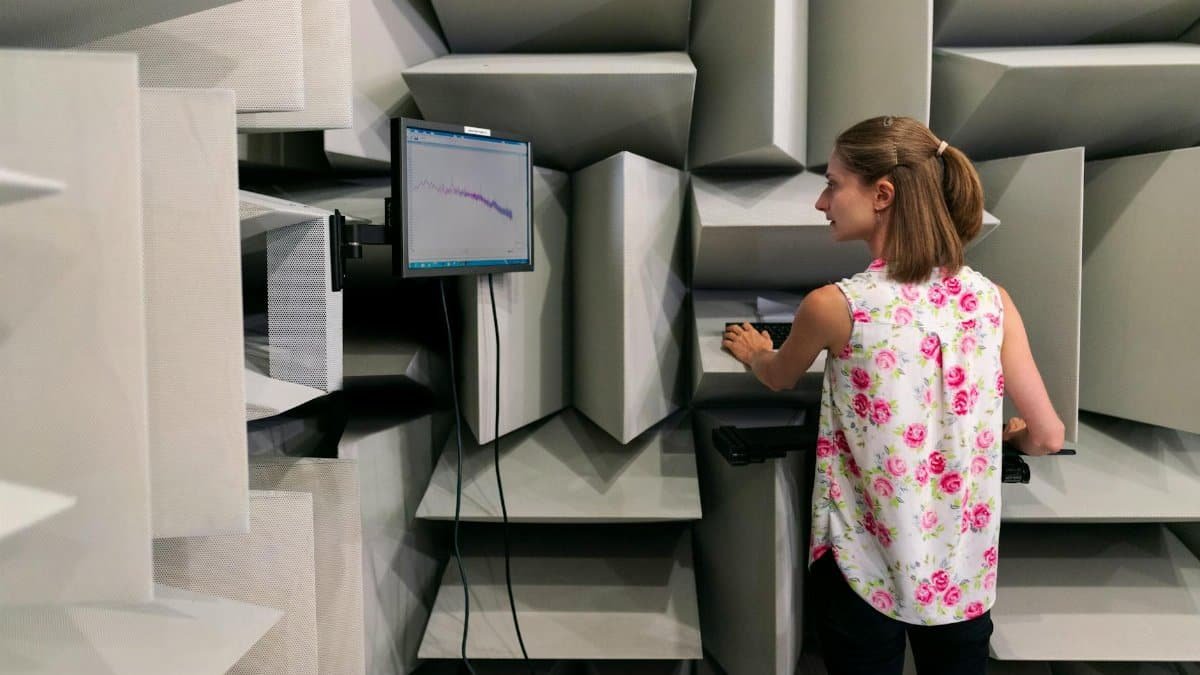A recent study from the National Institutes of Health revealed that nearly 20% of Americans have turned to alternative therapies like sound therapy in the past year, up from just 12% a decade ago. This surge points to a growing hunger for non-traditional ways to manage stress and boost well-being. Amid rising mental health concerns, sound therapy stands out. It uses vibrations from instruments like singing bowls or gongs to calm the mind and body. People report feeling more grounded after sessions. Experts say it taps into how sound influences brain waves. In bustling cities, studios offer group experiences. At home, apps deliver guided sessions. This isn’t fringe anymore. It’s weaving into mainstream routines. As we navigate 2025’s uncertainties, such practices might hold keys to resilience and joy.
The Science Behind Sound Waves and the Brain

Sound waves do more than fill the air. They interact with our neurology in profound ways. Researchers have found that certain frequencies can shift brain activity from beta waves, associated with stress, to calmer alpha or theta states. This isn’t mere theory. A study published in the Journal of Evidence-Based Integrative Medicine explored how binaural beats, a form of sound therapy, reduced anxiety in participants. Volunteers listened to specific tones through headphones. Their cortisol levels dropped noticeably. One researcher noted the effect mimics deep meditation without years of practice.
Imagine a busy executive in New York, headphones on during a commute. The low hum eases her racing thoughts. She arrives at work focused, not frazzled. Such stories highlight the practical side. But science backs it up. The National Center for Biotechnology Information hosts studies showing sound’s impact on the autonomic nervous system. It regulates heart rate and breathing. When out of balance, stress builds. Sound therapy nudges it back. Yet, not all sounds work equally. Highpitched noises might agitate, while resonant tones soothe. This nuance makes the field both accessible and complex.
Delving deeper, neuroscientists at Harvard have used fMRI scans to observe these changes. Brains light up differently under sound influence. It’s like rewiring for calm. Of course, skeptics question the placebo effect. But controlled trials suggest real physiological shifts. For middleaged folks juggling careers and family, this could mean better sleep or sharper focus. The evidence builds, drawing more into the fold.
Ancient Roots Meet Modern Practice

Sound therapy isn’t a new invention. It echoes through history, from Tibetan monks chanting to Native American drum circles. These traditions used rhythm and tone for healing long before science explained why. In ancient Egypt, priests employed sistrums, rattling instruments, in rituals to restore harmony. Fast forward to today, and these elements blend with technology. Apps now simulate ancient gongs via smartphones.
Consider a group in California gathering for a sound bath. The facilitator strikes a crystal bowl. Vibrations wash over the room. Participants lie still, eyes closed. One woman later shares how it unlocked buried emotions. This fusion feels timeless yet fresh. A report from the World Health Organization on traditional medicine notes how such practices persist globally, adapting to modern needs.
The appeal lies in accessibility. No need for exotic travel. Local wellness centers offer sessions. Yet, purists argue commercialization dilutes the essence. They prefer unplugged experiences. Balancing old and new creates tension, but also innovation. As 2025 unfolds, expect more hybrid approaches, merging apps with live events for broader reach.
Building Resilience Through Sonic Healing

Resilience isn’t just bouncing back. It’s thriving amid chaos. Sound therapy fosters this by training the mind to handle stress. Regular exposure to therapeutic sounds strengthens neural pathways for calm. Think of it as mental gym work. A veteran dealing with PTSD found solace in gong meditations. The deep resonances quieted his inner turmoil. Over time, he faced triggers with less fear.
Studies support this. Research from the University of California, detailed in their health sciences archive, shows sound interventions lower perceived stress. Participants reported feeling more equipped for daily hurdles. But it’s not instant. Consistency matters. Starting small, like five minutes of tuning forks daily, builds habits.
Online discussions often reveal how people integrate this for resilience. One anonymous account described using sound playlists during tough work weeks, emerging stronger. Such snippets show realworld application. Challenges arise, though. Not everyone responds the same. Personalizing the approach helps. For middleaged readers, this could mean weaving sound into routines for sustained energy.
Cultivating Joy with Vibrational Therapy

Joy emerges when vibrations align body and spirit. Sound therapy taps into this by elevating mood through endorphin release. Lighter frequencies, like those from chimes, spark feelings of uplift. A community center in Chicago hosts weekly sessions. Attendees leave smiling, connected. One man recounted how it reignited his passion for life after a loss.
Evidence from the American Psychological Association links music therapy, a cousin to sound therapy, with increased positive emotions. The principles overlap. Vibrations stimulate the limbic system, the brain’s emotion center. Yet, joy isn’t always the goal. Sometimes, it surfaces after processing grief. This duality adds depth.
In practice, combining sound with movement amplifies effects. Dance to rhythmic beats, and joy flows naturally. For those skeptical, starting with familiar tunes eases entry. As trends evolve, sound therapy promises more pathways to genuine happiness.
Common Tools and Techniques

Tools for sound therapy range from simple to sophisticated. Singing bowls, made of crystal or metal, produce rich overtones when struck. Users circle a mallet around the rim for sustained notes. Tuning forks offer precision, targeting specific body areas. Then there are gongs, whose booming waves envelop listeners.
Techniques vary. Sound baths involve lying down as a practitioner plays instruments. Binaural beats require headphones for illusory tones. Voice work, like humming, engages personally. A beginner might start with apps guiding breath and sound. Accessibility draws many in.
Yet, quality matters. Cheap tools may not resonate properly. Experts recommend trying in person first. This hands-on approach reveals what resonates most.
Real-Life Transformations

Stories bring sound therapy to life. Take Sarah, a teacher in Texas overwhelmed by burnout. She attended a workshop on a whim. The session’s vibrations melted her tension. Months later, she incorporates daily sound rituals, feeling renewed. Such changes aren’t rare.
Another example: A retiree in Florida used sound therapy post-surgery. It aided recovery, boosting his mood and mobility. These narratives underscore potential. While not cures, they complement traditional care.
Reflecting on these, patterns emerge. Transformation often follows commitment. Initial skepticism gives way to belief through experience.
Challenges and Considerations

No therapy is without hurdles. Sound therapy can overwhelm sensitive ears. Loud sessions might trigger headaches. Accessibility issues persist; not all areas have practitioners. Cost adds up for ongoing classes.
Skepticism lingers too. Without robust regulation, quality varies. Research, while promising, needs more large-scale studies. Weighing benefits against limitations helps. Consulting doctors ensures safety, especially with health conditions.
Navigating these thoughtfully maximizes gains. Awareness turns potential pitfalls into informed choices.
Integrating Sound Therapy into Daily Life

Making sound therapy routine starts small. Set aside ten minutes morning or night. Use free online resources for guided tracks. Pair with journaling to track effects.
In families, share sessions for bonding. At work, discreet earbuds deliver quick resets. Customization fits lifestyles. As 2025 brings more digital tools, integration simplifies.
Ultimately, persistence yields resilience and joy. This practice invites ongoing exploration.
